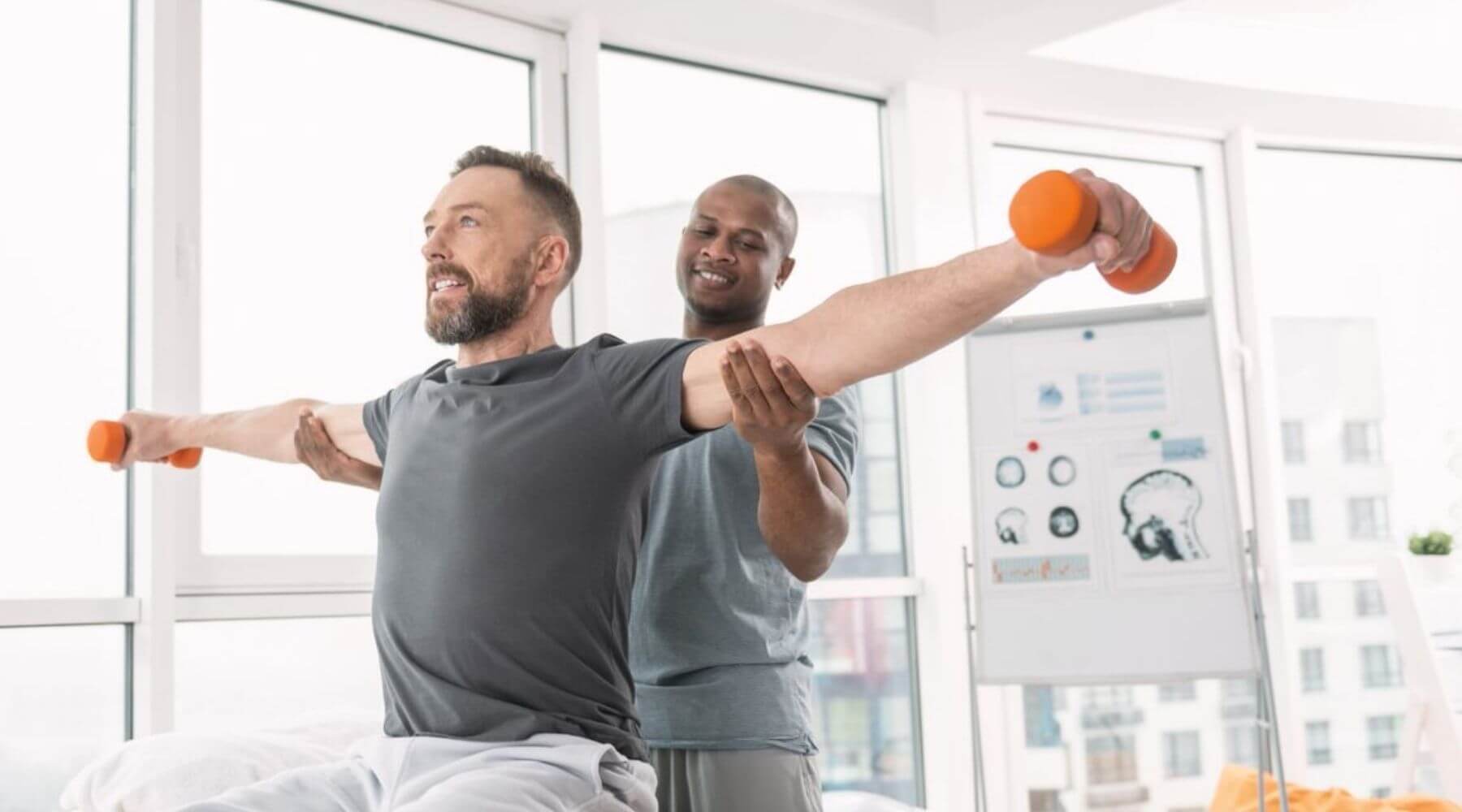Grasping different Techniques toward Physiological Treatment for Improved Recovery plus Restoration
Grasping different Techniques toward Physiological Treatment for Improved Recovery plus Restoration
Blog Article
Bodily treatment represents a important part of healing and restoration for a lot of individuals. It helps people restore vigor, boost flexibility, and lessen pain subsequent to injuries or surgeries or operations. There are techniques to physiological therapy, every crafted to satisfy the specific demands of individuals. Grasping these various methods can aid patients make educated choices about their recovery path.
One typical approach to physical treatment is hands-on therapy. Such method involves physical care by a physical specialist to adjust muscles and connections. Physical rehabilitation can assist alleviate pain, boost blood flow, and increase mobility. Practitioners may utilize methods such as massage, connection movement, and elongation to assist patients rehabilitate. This technique is frequently beneficial for those with muscle and joint issues, such as lower back pain or arthritic conditions, as it centers on the physical elements of healing.
An additional important technique is rehabilitative physical activity. This approach entails targeted exercises tailored to improve vigor, balance, and dexterity. Physical specialists create customized exercise regimens based on the patient's situation and aims. These exercises can vary from simple exercises to more challenging activities. Rehabilitative exercise is essential for regaining power after an trauma and preventing subsequent complications. This furthermore helps individuals regain confidence in their bodily abilities, which is crucial for complete rehabilitation.
Water-based rehabilitation is another helpful method that employs aqua to aid in recovery. Such approach leverages the support of liquid, which minimizes the pressure on joints and enables easier movement. Patients can execute movements in a swimming pool, making it a great option for those with limited mobility or pain. Aquatic therapy can aid boost power, flexibility, and stamina while offering a nurturing setting for rehabilitation. It is particularly beneficial for individuals rehabilitating from procedures or those with persistent discomfort issues.
Lastly, education and personal management are vital components of physical therapy. Bodily specialists not just offer treatment but also instruct individuals about their issues and how to handle them. This includes grasping anatomical mechanics, posture, and the importance of being involved. With enabling individuals with knowledge, therapists help them adopt an proactive part in their recovery. Such technique encourages patients to continue their rehabilitation beyond the visit scope of care appointments, leading to better long-term effects.
To summarize, physiological therapy delivers multiple approaches to boost healing and recovery. Manual therapy, restorative physical activity, aquatic treatment, and knowledge all play significant functions in aiding patients regain their vigor and movement. Each technique is designed to address the individual requirements of patients, providing a comprehensive technique to recovery. By grasping these various techniques, clients can more effectively manage their recovery process and endeavor towards attaining their recovery goals.